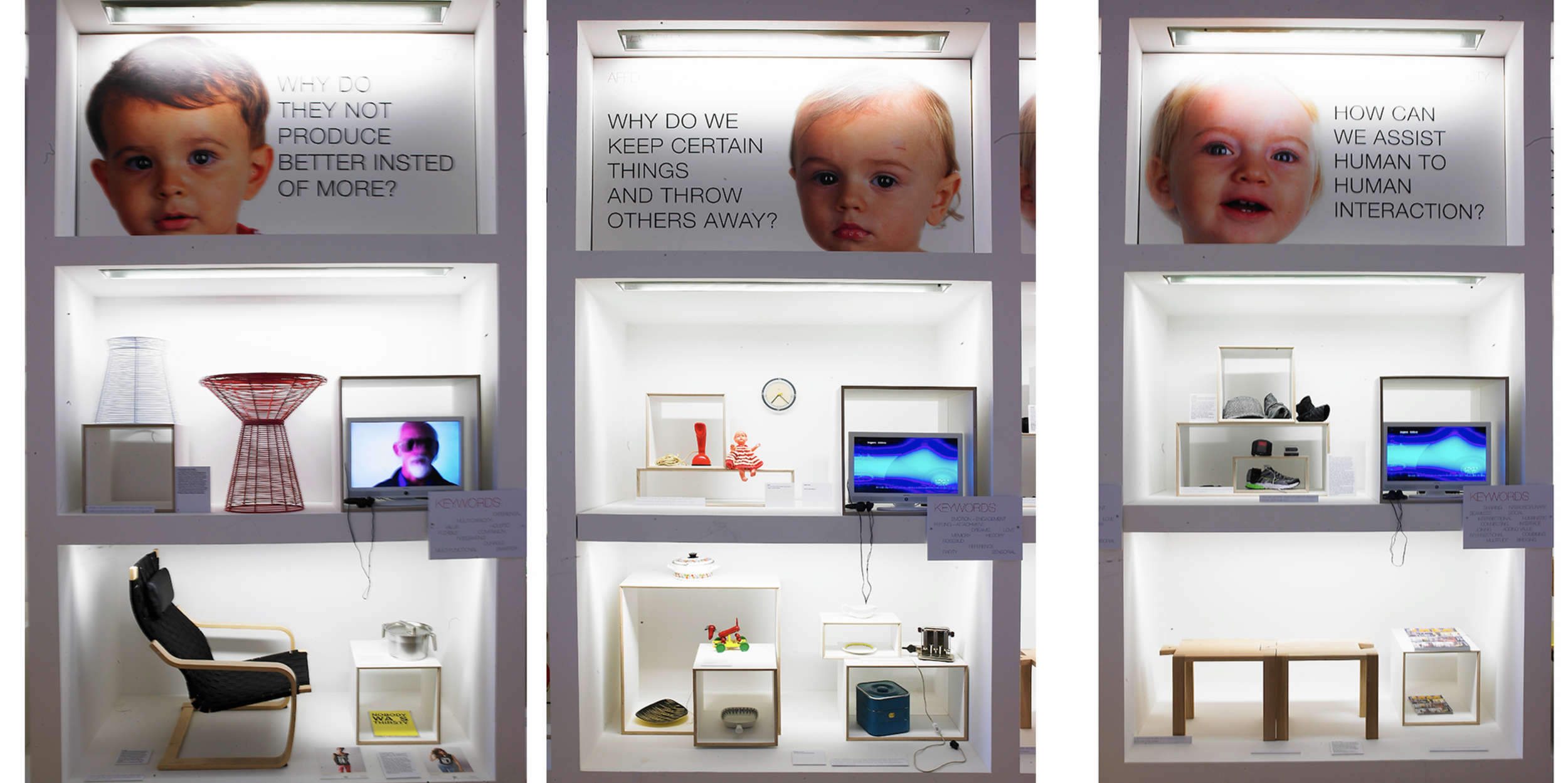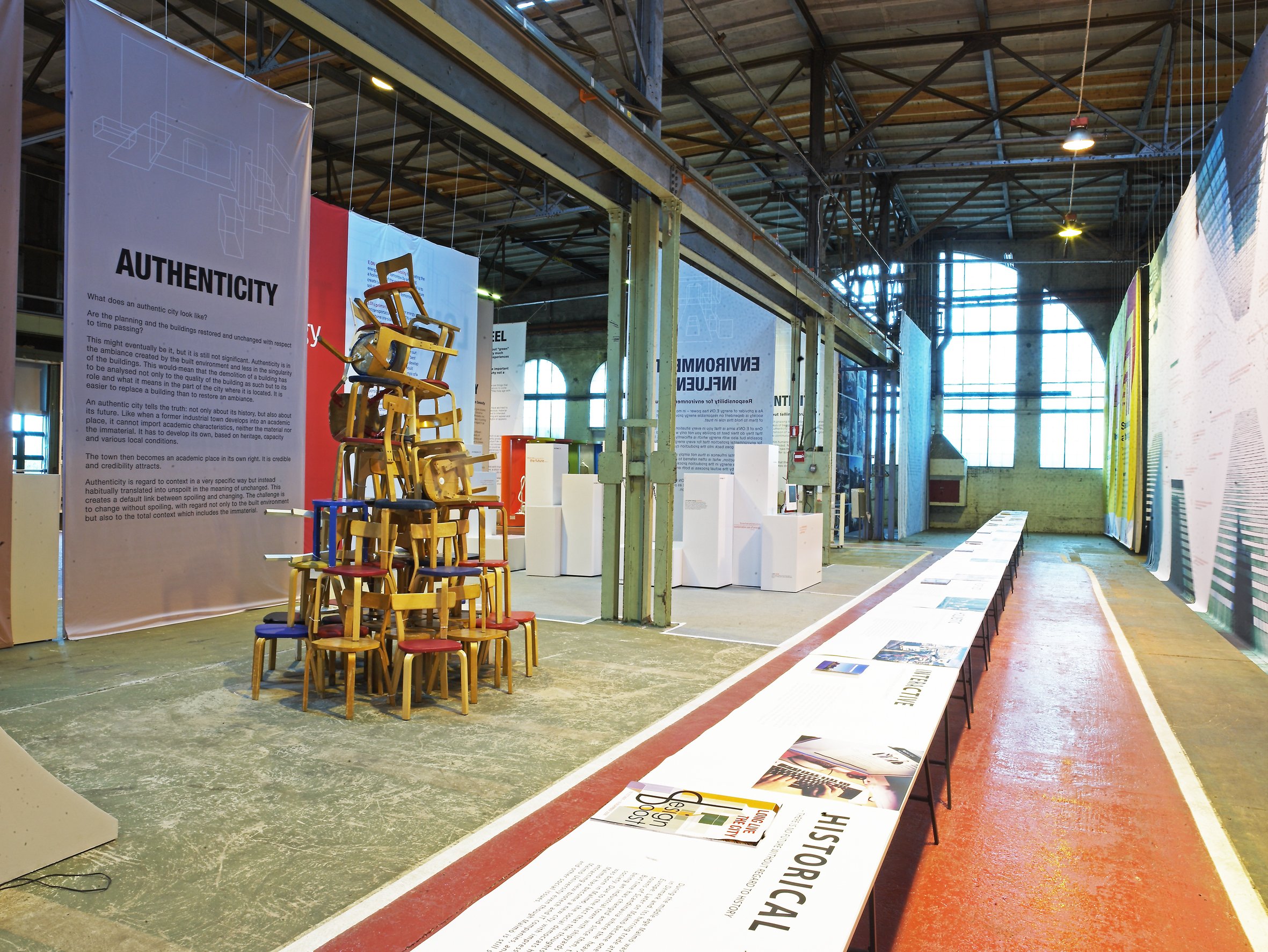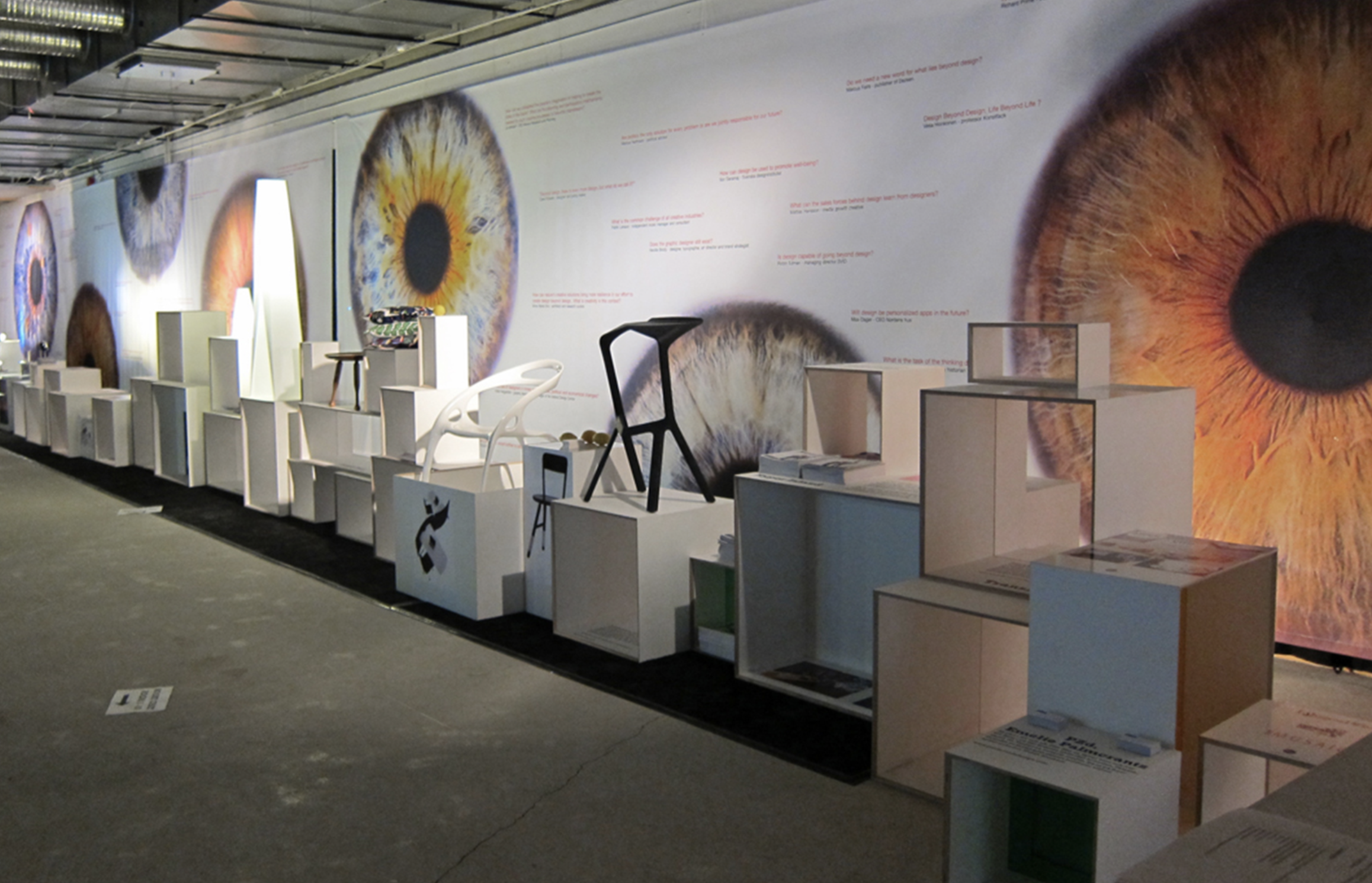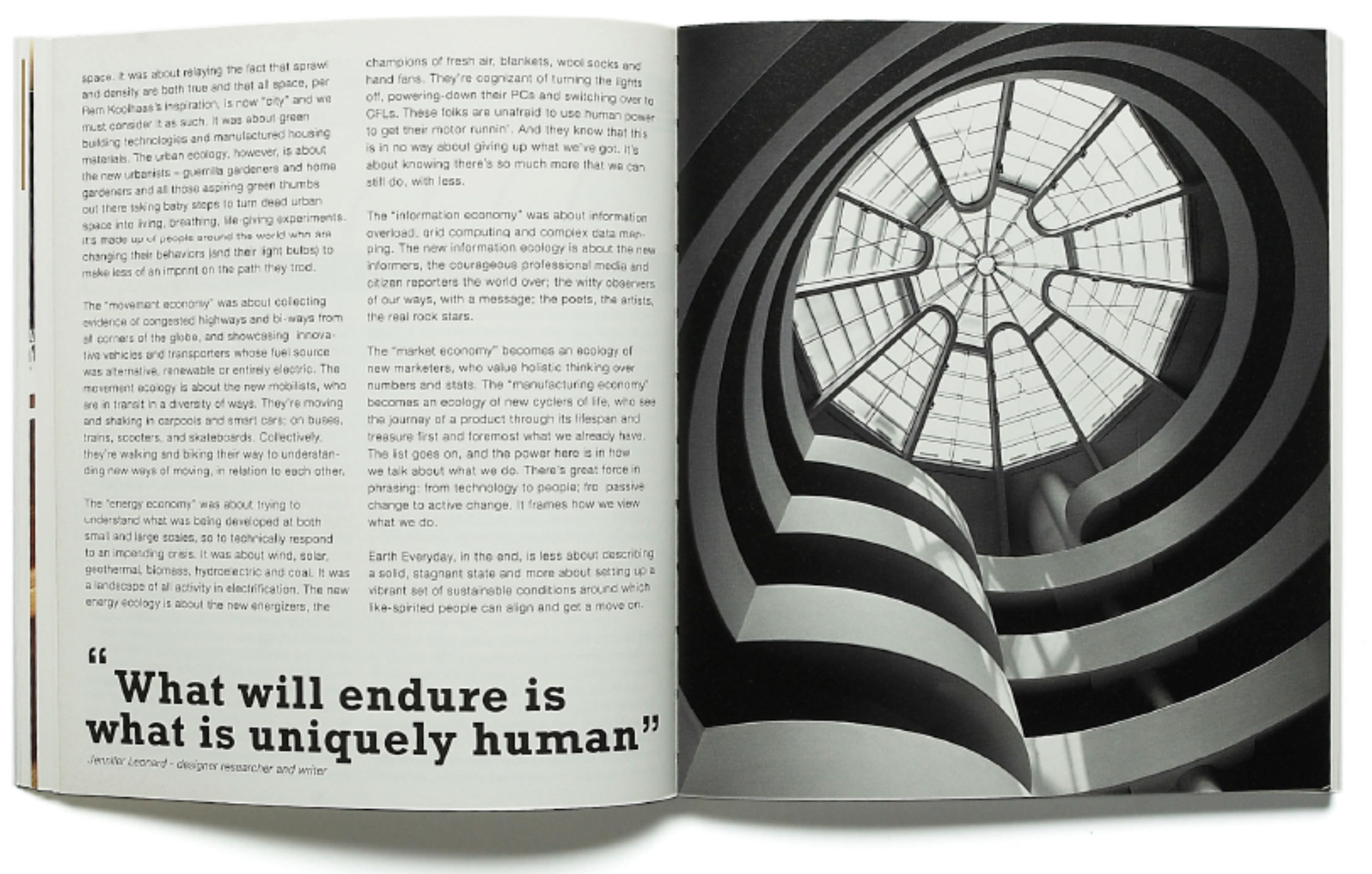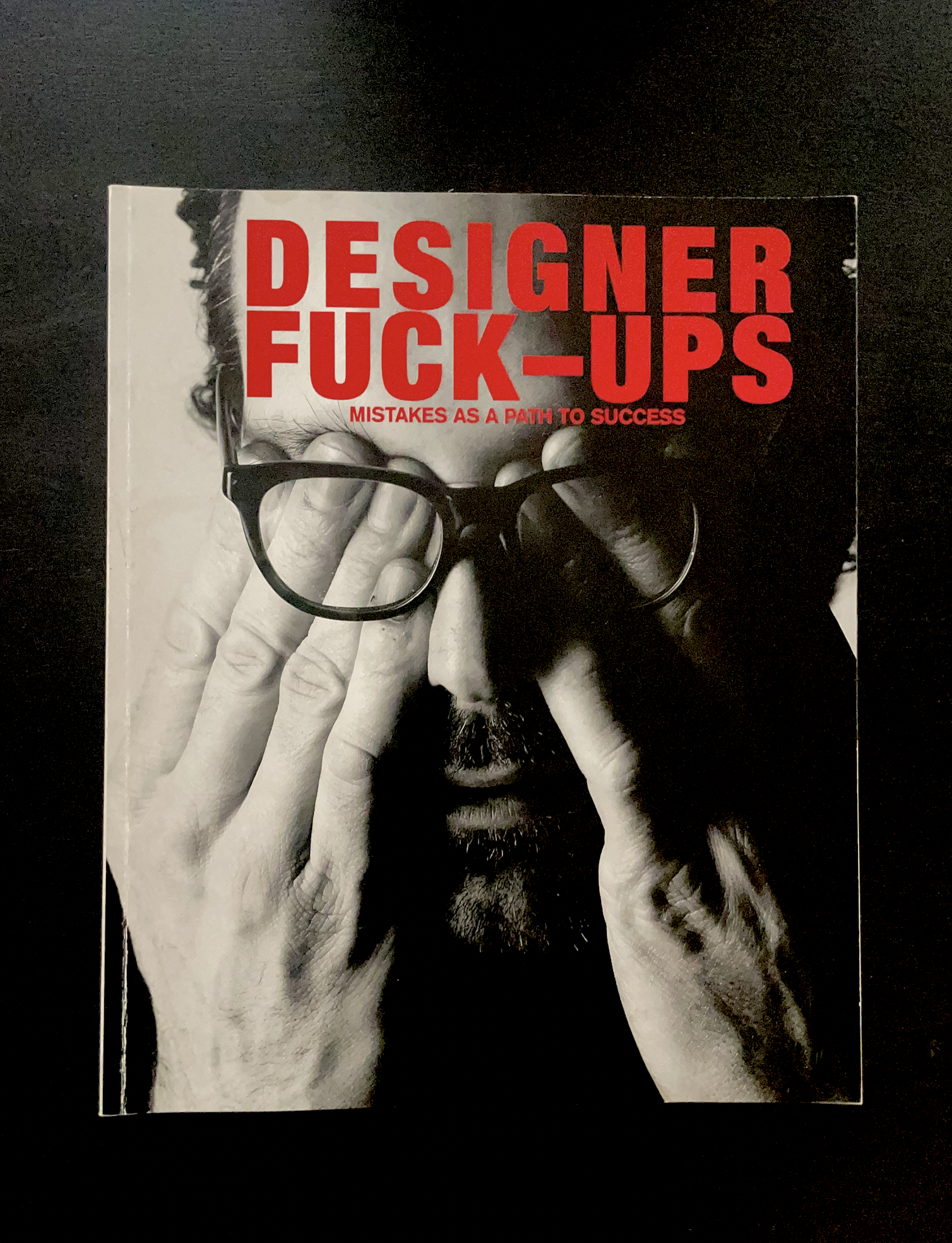Case study - Kosta Boda
In text:
The Challenge:
Kosta Boda, one of Sweden’s oldest and most iconic brands, faced the challenge of modernizing its offerings and communication to stay competitive while preserving its rich heritage. The transformation required an updated range strategy, a refreshed brand identity, and a focus on connecting with a younger, design-savvy audience.
The Process:
A rebranding initiative established a new brand platform, visual identity, and tone of voice, paired with strategic updates to product ranges and distribution. A new retail concept was developed to enhance the customer experience, and collaborations with designers like Front and Matti Klenell plus brands like Sneakersnstuff brought contemporary creativity to the brand. Global events and partnerships showcased Kosta Boda’s renewed identity, ensuring cohesive messaging across all channels.
Drawing from core values — contemporary, creative, progressive, and bold — collections were designed to blend historical design elements with current trends, resonating with today’s consumers while honoring the brand’s legacy.
The Outcome:
The revitalized strategy and product range strengthened Kosta Boda’s market position and boosted sales. International recognition followed, with prestigious awards such as the Red Dot and IF Design Awards. The new identity successfully appealed to a younger audience, solidifying Kosta Boda’s role as a global leader in contemporary design.
Conclusion:
This case highlights the effectiveness of a holistic approach, where product development, design, and communication align seamlessly. Kosta Boda’s transformation demonstrates how honoring heritage while embracing modernity can engage new generations and reinforce a brand’s legacy.
In pictures:













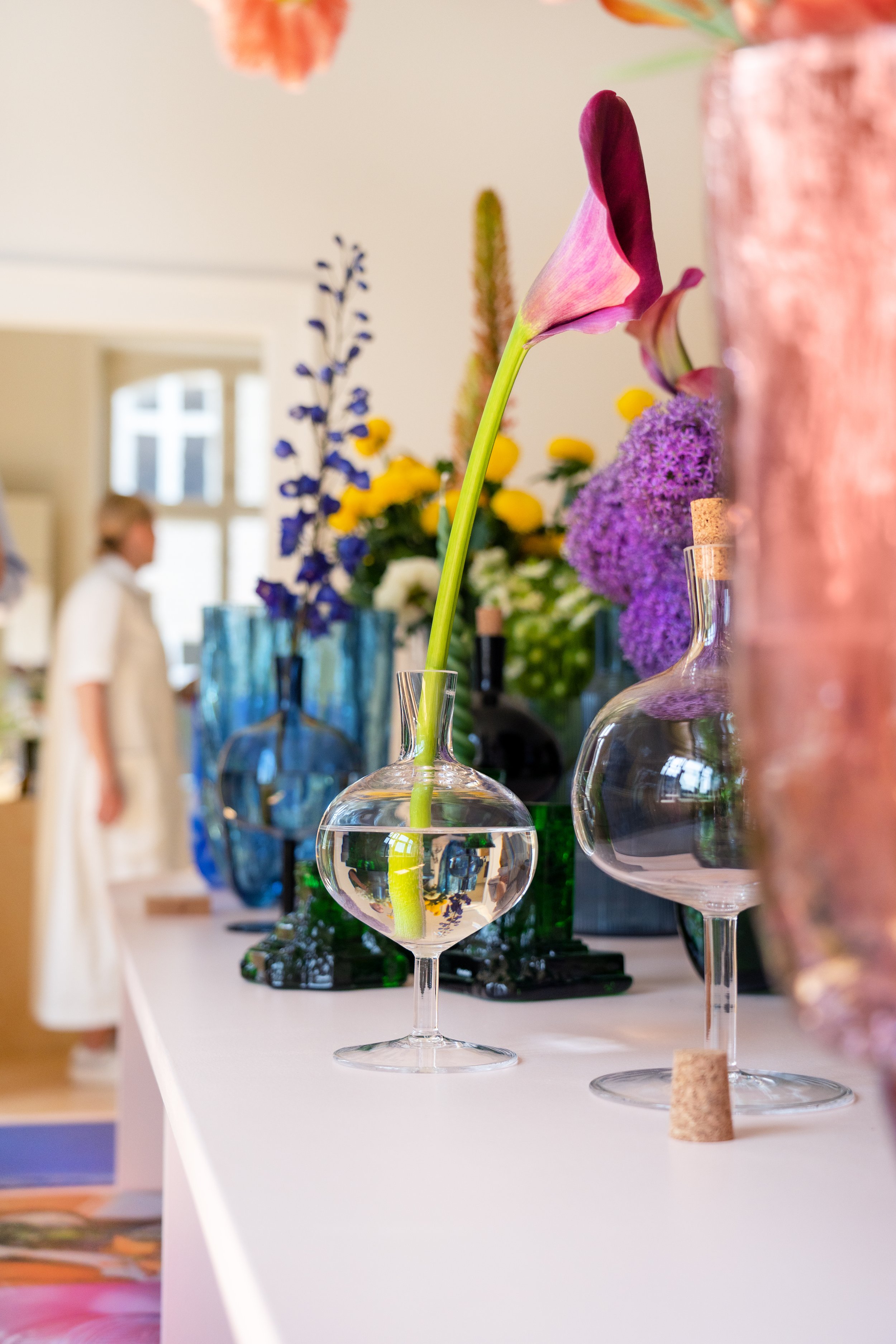











Case study - Orrefors
In text:
The Challenge:
Orrefors, a historic leader in Scandinavian design, needed to modernize its offerings and communication to connect with a younger, design-conscious audience. The challenge was to craft a contemporary vision while honoring its heritage of craftsmanship and timeless elegance.
The Process:
A comprehensive rebranding initiative introduced a new brand platform, visual identity, and tone of voice, alongside strategic updates to product ranges and distribution. Collaborations with designers like Benjamin Hubert, Monica Förster, and Claesson Koivisto Rune resulted in collections that blended timeless elegance with modern aesthetics.
Retail concepts were modernized to enhance the customer journey, while participation in international events showcased Orrefors’ revitalized identity to a global audience. Consistency across all touchpoints ensured a cohesive message, reinforcing the brand’s design leadership.
The Outcome:
The transformation strengthened Orrefors’ market presence, earning international acclaim with awards such as the Red Dot Design Award and IF Design Award. The new identity successfully appealed to a broader audience, securing Orrefors’ position as a leader in modern Scandinavian design.
Conclusion:
This case highlights the impact of design-led renewal, where innovation, strategic vision, and cohesive communication redefine a brand for new generations. Orrefors’ transformation demonstrated how heritage and modernity can seamlessly converge to create lasting success.
In pictures:





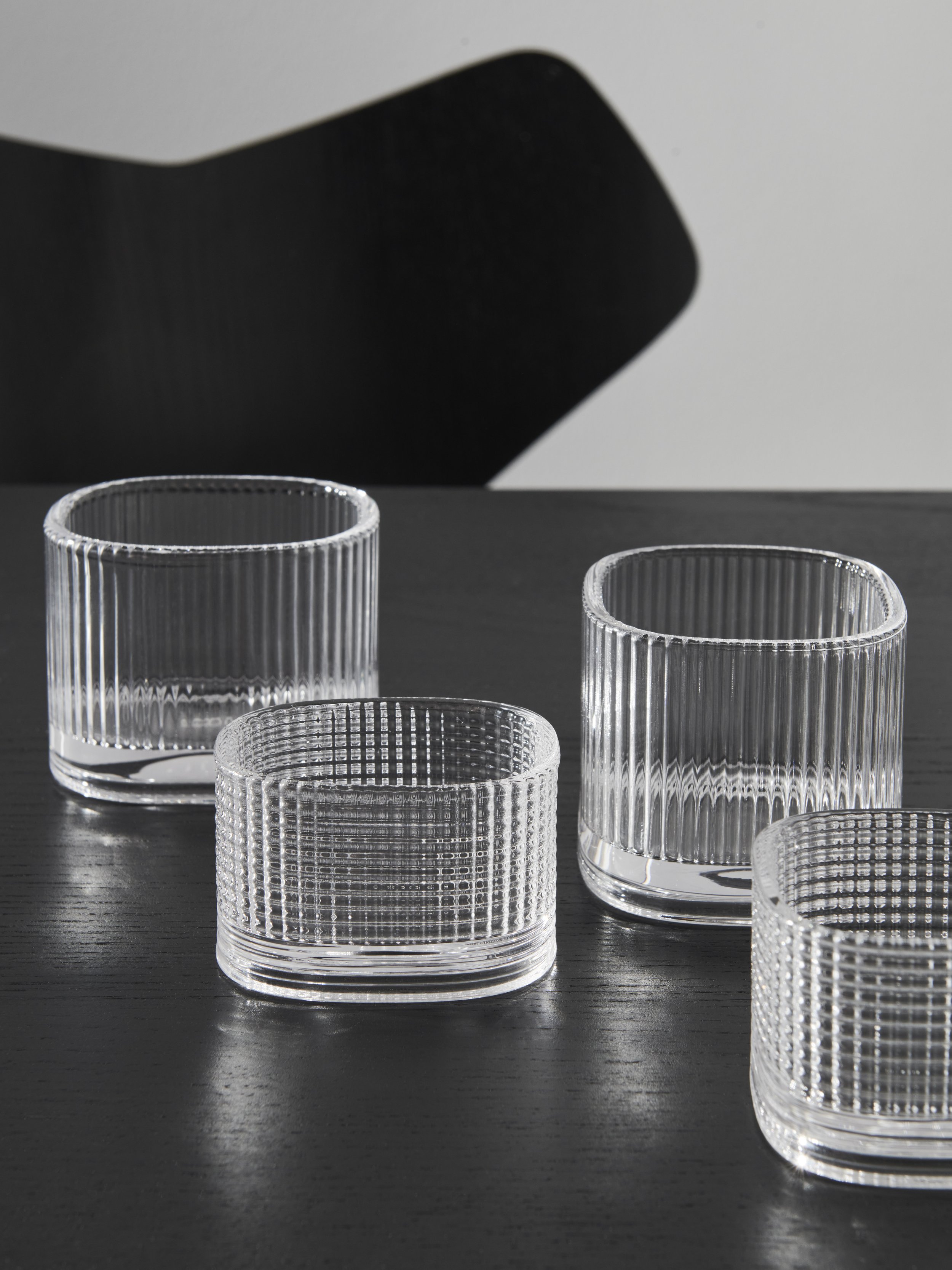
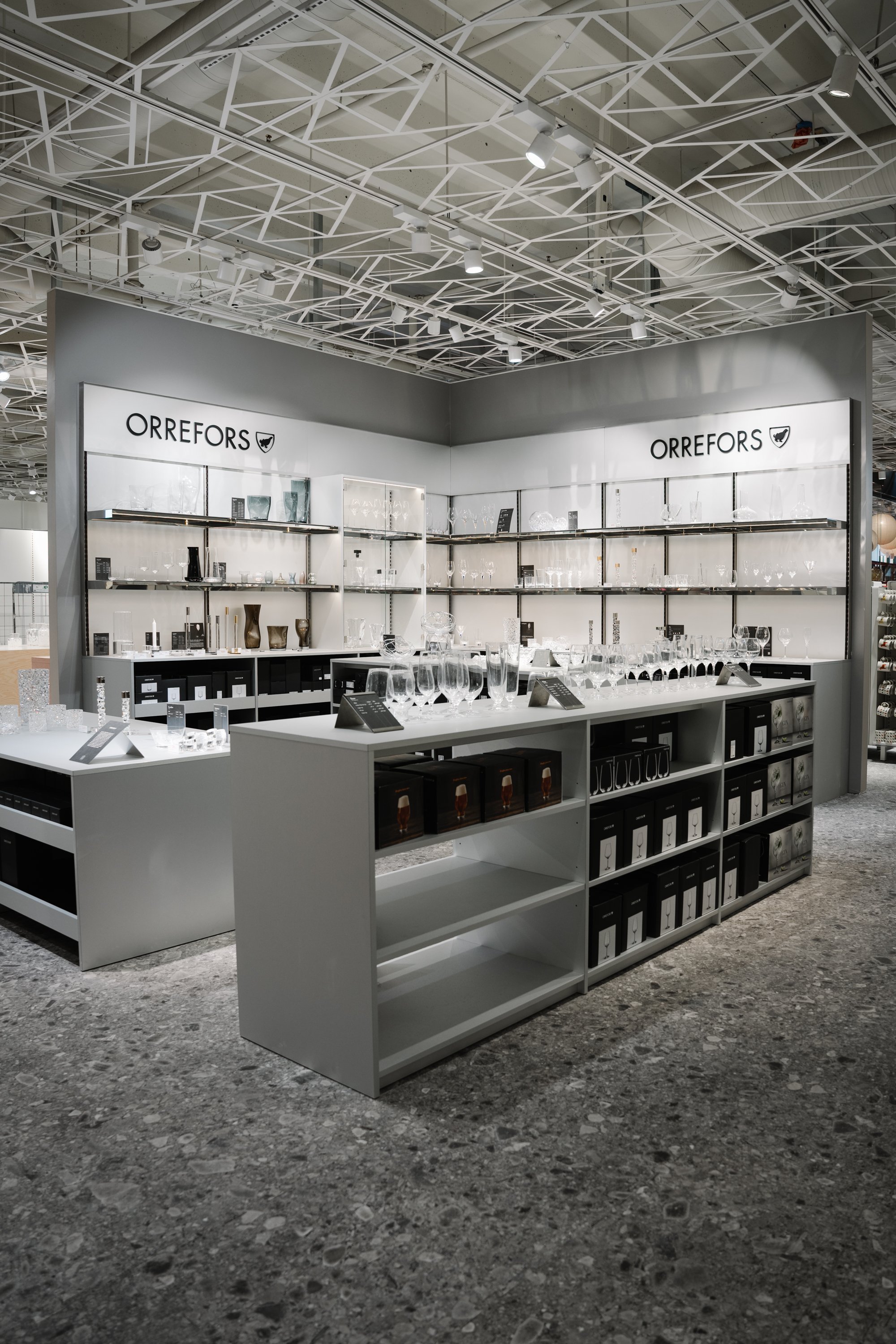






















Case study - Wallvision
In text:
The Challenge:
Wallvision AB, home to brands like Boråstapeter, Eco Wallpaper, and Cole & Son, needed to strengthen its creative leadership and innovate its product offerings to remain a design pioneer in the wallpaper industry. Anticipating emerging trends in home interiors was crucial to maintaining its position.
The Process:
A design transformation included implementing strategic assortment plans, launching an innovation platform, and collaborating with designers such as Ilse Crawford, Jaime Hayon, and Claesson Koivisto Rune. These efforts aligned creative innovation with commercial objectives, ensuring strategic cohesion across multiple brands.
A new sustainability-focused brand was launched to reflect modern values, while international exhibitions connected Wallvision’s portfolio to a global audience. These initiatives reinforced the group’s design leadership and enhanced its market presence.
The Outcome:
The innovation platform and creative initiatives revitalized Wallvision’s market position, solidifying its reputation for design excellence. High-profile collaborations and the launch of a new brand underscored Wallvision’s leadership in the wallpaper industry, setting the stage for sustained growth.
Conclusion:
This case demonstrates the value of aligning creativity with strategic goals to maintain industry leadership. By fostering collaboration and embracing innovation, Wallvision strengthened its competitive edge and paved the way for a new era in wallpaper design.
In pictures:












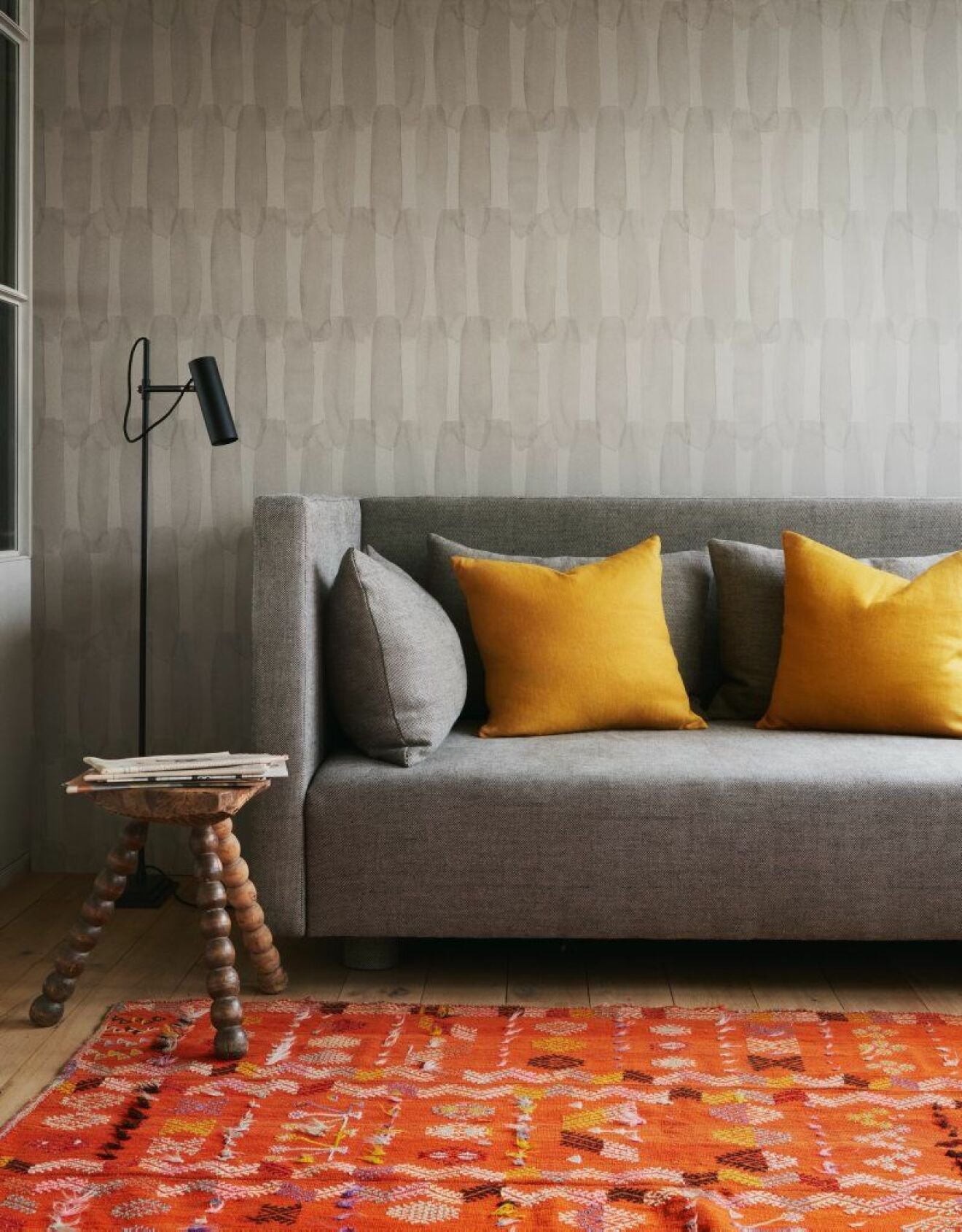


Case study - David Design
In text:
The Challenge:
In the late 1980s, Scandinavian design was poised for a transformation, with growing demand for a modern, global perspective that honored tradition while embracing innovation.
The Process:
Founded as one of the world’s first concept boutiques in Malmö, David Design redefined Scandinavian design by merging fashion, furniture, and lifestyle into a cohesive retail experience. This model expanded to stores in Stockholm, Gothenburg, and Tokyo, offering curated collections that blended functionality and contemporary aesthetics.
David Design became a platform for collaboration with leading designers, introducing full collections of furniture, lighting, and accessories distributed in over 20 countries. A milestone came with the 1998 "Living in Sweden" exhibition at Salone del Mobile in Milan, which highlighted David Design’s role in the global resurgence of Scandinavian design.
The Outcome:
David Design gained international acclaim as a leader in modern design, shaping the second wave of Scandinavian aesthetics. Celebrated for its timeless approach and influence, the brand remains a benchmark for merging design, culture, and commerce.
Conclusion:
This case illustrates the impact of visionary leadership and collaborative design in revitalizing a regional aesthetic for global relevance. David Design set a new standard for integrating design and lifestyle on the international stage.
In pictures:




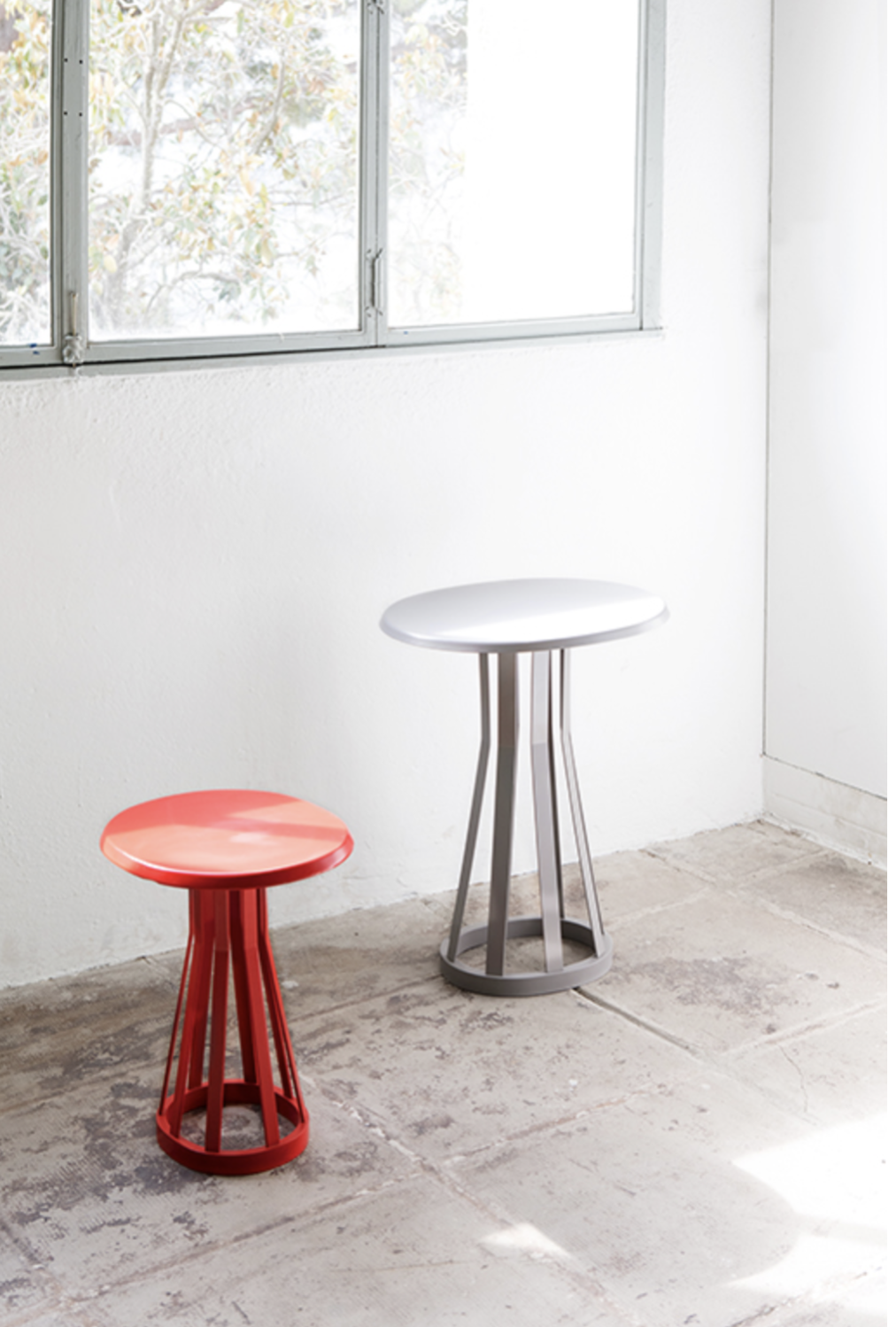












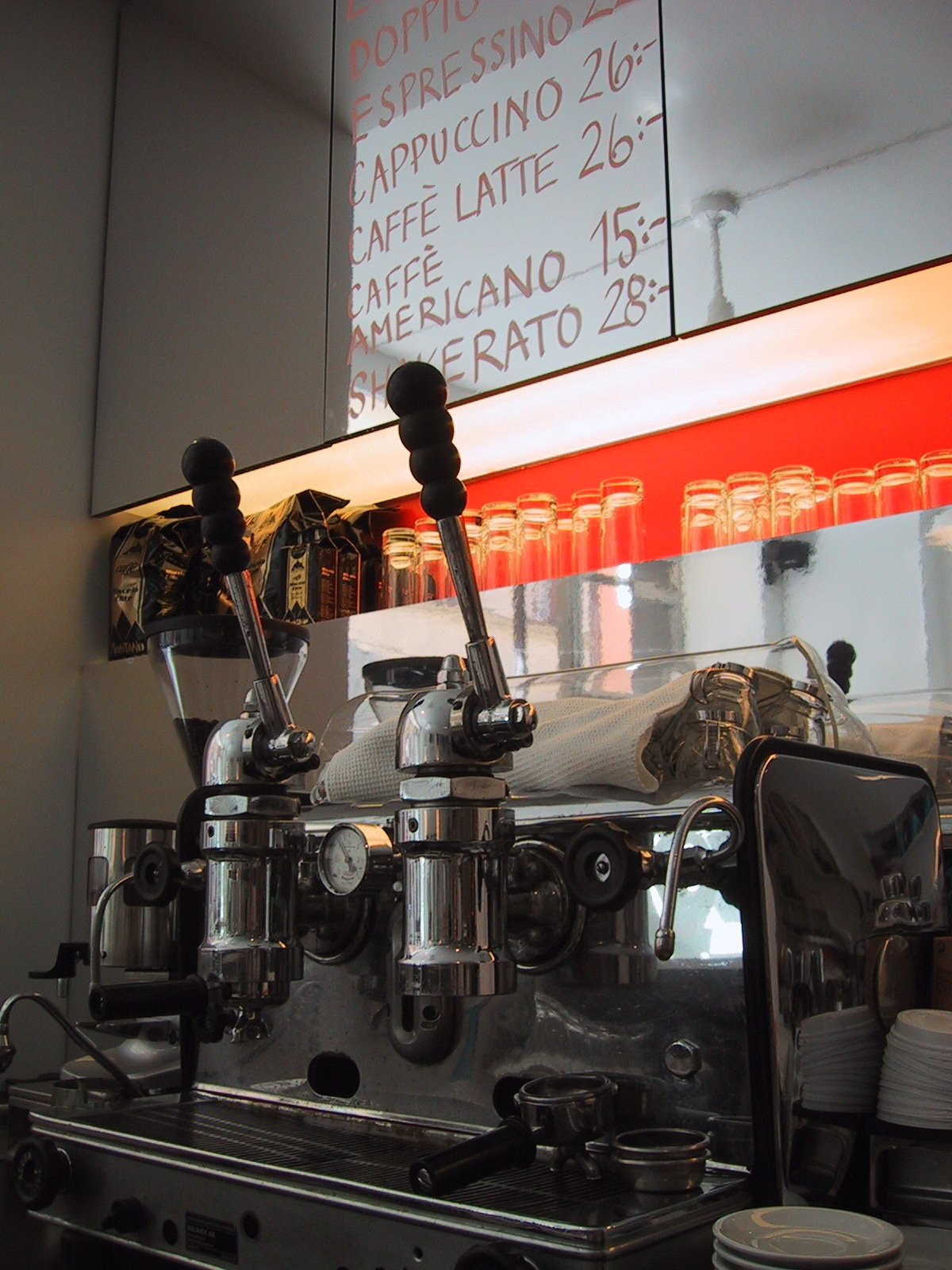

Case study - Designboost
In text:
The Challenge
Designboost was born out of a recognized need for an international platform to facilitate knowledge exchange within sustainable design. At its core was the ambition to address the lack of in-depth discussions about design’s role in solving global challenges and shaping a more sustainable future.
The Role and Process
Designboost employed a multifaceted approach to knowledge sharing, encompassing workshops, lectures, exhibitions, videos, publications, and creative networking activities. Highlights included innovative formats like “speed-dating” dinners, where 100 participants engaged in one-on-one conversations, fostering meaningful connections.
Each event centered around a curated theme, such as Design for Life or Design Intelligence Fashion, which informed discussions and activities. Collaborating with thought leaders, institutions like Stanford University and Design Academy Eindhoven, and brands such as IKEA, Apple, Audi, Electrolux and Volvo, Designboost created an environment that bridged sectors and disciplines.
The Outcome
Over several years, Designboost hosted events across Sweden, the Netherlands, Belgium, and the United States. The initiative attracted a diverse audience, including government representatives, regional leaders, and global creatives spanning designers, architects, authors, and fashion innovators. Notable participants included Bjarke Ingels, Patricia Urquiola, Ross Lovegrove, and Ineke Hans.
The thematic focus of each event spurred actionable insights and inspired collaborations among participants, helping shape new approaches to sustainable design. Designboost also strengthened the dialogue on design’s societal impact and broadened its reach to new audiences.
Conclusion
Designboost established itself as a vital platform for cross-disciplinary collaboration and discourse on sustainable design. By fostering connections and generating innovative ideas, it played a significant role in shaping the global conversation around design’s responsibility to society and its potential for creating sustainable solutions.
In pictures:


